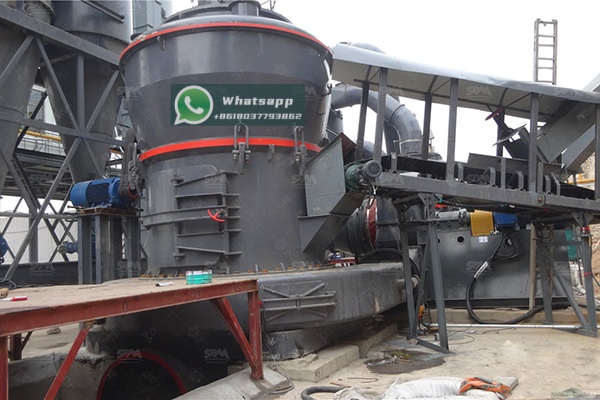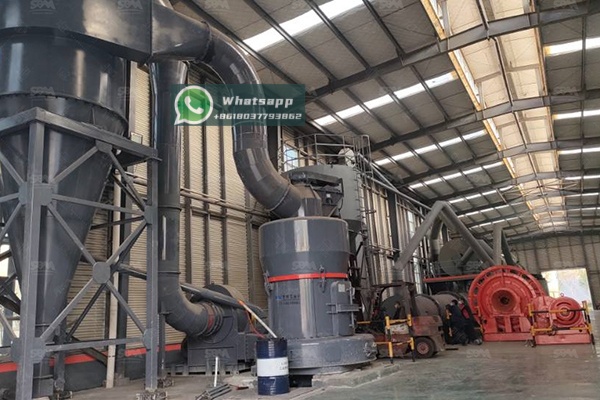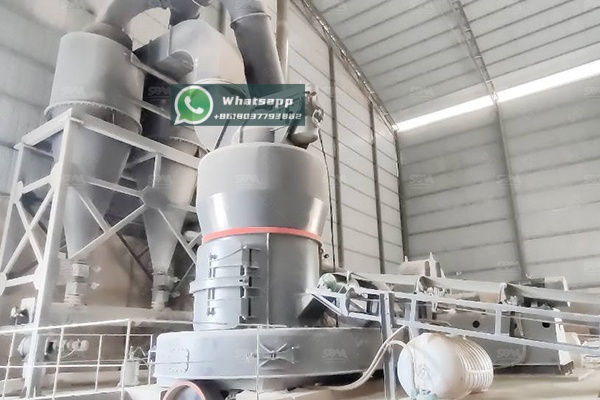Tin ore processing, particularly for the mineral cassiterite (SnO₂), requires specialized grinding equipment to achieve optimal liberation and recovery rates. European mining operations demand efficient, environmentally friendly, and high-performance milling solutions to meet stringent production standards and economic viability. This article explores the technical requirements for cassiterite grinding and presents advanced milling technologies suitable for European tin processing plants.
Cassiterite, the primary ore of tin, presents unique challenges in mineral processing due to its high specific gravity (6.8-7.1 g/cm³), brittleness, and typically fine-grained nature in many deposits. The grinding circuit must be carefully designed to prevent overgrinding, which can lead to slime formation and subsequent losses in the concentration process. The hardness of cassiterite ranges from 6 to 7 on the Mohs scale, requiring robust grinding equipment capable of handling abrasive materials while maintaining precise particle size control.

European tin deposits, particularly those in Cornwall (UK), Erzgebirge (Germany/Czech Republic), and the Iberian Peninsula, often contain cassiterite in complex mineral associations with sulfides, wolframite, and various silicate minerals. This complexity necessitates grinding circuits that can produce a well-liberated product without excessive comminution of gangue minerals, which could complicate subsequent separation processes.
An efficient cassiterite grinding circuit typically employs a multi-stage approach, beginning with primary crushing followed by secondary and tertiary grinding stages. The selection of appropriate grinding equipment depends on several factors including ore characteristics, throughput requirements, energy efficiency considerations, and environmental regulations prevalent in European mining operations.
The most critical aspect of cassiterite grinding is achieving the optimal particle size for liberation while minimizing the production of ultra-fine particles. Overgrinding not only wastes energy but also creates processing challenges in subsequent concentration stages, particularly for gravity separation methods which are commonly employed for tin recovery.
Shanghai Zenith Machinery Co., Ltd., an excellent manufacturer of ore grinding equipment with significant achievements in ultra-fine powder grinding, offers several technologically advanced solutions ideally suited for European tin processing operations. Among their comprehensive product range, two mills stand out for cassiterite applications:
The MTW Trapezium Grinding Mill represents an ideal solution for the initial grinding stages of cassiterite processing. With its multiple patents, compact structure, and eco-friendly design, this mill efficiently handles the abrasive nature of tin ores while providing excellent particle size control.
| Model | Max. Feed Size (mm) | Final Size (mm) | Capacity (t/h) | Main Motor (kW) | Fan Motor (kW) |
|---|---|---|---|---|---|
| MTW110 | <30 | 1.6-0.045 | 3-9 | 55 | 55 |
| MTW110Z | <30 | 1.6-0.045 | 3-10 | 55 | 55 |
| MTW138Z | <35 | 1.6-0.045 | 6-17 | 90 | 110 |
| MTW175G | <40 | 1.6-0.045 | 9.5-25 | 160 | 200 |
| MTW215G | <50 | 1.6-0.045 | 15-45 | 280 | 315 |
The MTW series offers European operations significant advantages including high grinding efficiency, low wear rates, and integrated drying capability for moist ores. The curved air duct design minimizes flow resistance and enhances overall system efficiency, making it particularly suitable for energy-conscious European markets.

For operations requiring precise control over final product size distribution, particularly in cases where cassiterite is finely disseminated, Zenith’s LUM Ultrafine Vertical Mill provides an outstanding solution. This advanced mill integrates grinding, drying, classifying, and conveying operations in a single compact unit, offering European processors space efficiency and operational simplicity.
| Model | Main Machine Power (kW) | Capacity (t/h) | Size Distribution D97 (μm) |
|---|---|---|---|
| LUM1525 | 220-250 | 1.6-11.5 | 5-30 |
| LUM1632 | 280-315 | 2.0-13.5 | 5-30 |
| LUM1836 | 355-400 | 2.3-15 | 5-30 |
The LUM series features intelligent control systems that allow European operators to maintain consistent product quality while optimizing energy consumption. The mill’s ability to produce products with high content of end-fines makes it particularly valuable for operations where maximum cassiterite liberation is required without excessive overgrinding.
European mining operations face unique challenges including stringent environmental regulations, high energy costs, and skilled labor requirements. Zenith’s grinding solutions address these concerns through:
The modular design of Zenith’s grinding equipment facilitates installation in existing European processing plants, many of which have space constraints due to their historical development or topographic limitations.

A tin processing facility in the Erzgebirge region recently upgraded their grinding circuit with Zenith’s MTW215G Trapezium Grinding Mill, reporting a 23% reduction in specific energy consumption while increasing throughput by 18%. The improved particle size distribution resulted in a 5% increase in overall tin recovery due to better liberation characteristics.
The installation featured integrated automation that allowed the operation to maintain consistent grind size despite variations in feed characteristics, a common challenge in this geologically complex region. The mill’s durability in handling the abrasive cassiterite-quartz association significantly reduced maintenance costs compared to their previous equipment.
As European tin operations increasingly focus on sustainability and digitalization, grinding technology continues to evolve. Zenith’s ongoing research in ultra-fine grinding and classification technologies positions their equipment at the forefront of these developments. The integration of IoT capabilities for predictive maintenance and real-time optimization represents the next frontier in comminution efficiency for the European tin industry.
Additionally, the development of more sophisticated liner materials and grinding media specifically designed for cassiterite’s abrasive characteristics continues to extend equipment lifespan and reduce operating costs in demanding European applications.
The selection of appropriate grinding technology is crucial for the economic viability of European tin operations processing cassiterite ores. Shanghai Zenith Machinery’s comprehensive range of grinding equipment, particularly the MTW Trapezium Grinding Mill and LUM Ultrafine Vertical Mill, offers European processors technologically advanced solutions that address the specific challenges of cassiterite comminution while meeting stringent operational and environmental requirements.
With their focus on energy efficiency, operational reliability, and product quality, these grinding solutions represent optimal choices for European tin processing plants seeking to maintain competitiveness in the global market while adhering to regional regulatory frameworks and sustainability objectives.